IBC’s Accelerator Media Innovation Programme will be showcasing eight projects in Amsterdam this year. Created in 2019 to provide a framework for agile, collaborative, and fast-track innovation, the programme offers a unique multi-company project-based approach to solving complex media and entertainment business and technology challenges, focused on hands-on experimentation.
Going from strength to strength
Mark Smith, IBC’s Innovation Co-Lead of the programme reflects on the initiative’s trajectory. “We’re into the fifth year now,” he says. “2019 was the first time we got to showcase the three projects that we had. And then of course, COVID hit. So, we had two years without being able to showcase them in real life. But now we’re back with a further eight projects. We’ve had something like 37 projects if you include the ones underway for 2023.”

- IBC2023 Accelerators: Final Eight Projects Revealed
- IBC2023 Accelerators: Champion’s Roundtable Video
- Register for IBC2023
The programme has developed significantly, not just in the size of its cohort but also in its ambition. “Initially, we partnered with the Telecommunications Management Forum because the focus at that time was on connectivity and the convergence between media and telecoms,” says Smith. “After that first year, we realised there was so much interest from every element and sector of the media and entertainment technology ecosystem that it needed a programme to drive many things beyond just connectivity.
“We’ve seen the challenges and opportunities the industry has been facing around subjects like AI, and other disruptive tech fuelled by digital transformation, and we realised IBC needed to take this on and do it for itself and for its community and make collaboration a key part of what we do in innovation terms.”
A safe environment for experimentation
Muki Kulhan, IBC’s Innovation Co-Lead, who runs the programme with Smith, points out what makes the Accelerator programme attractive to its participants. “What sets the programme apart from other programmes is that sometimes they are funded by a single business or funded by a government, and the parameters around those projects are quite limited,” she says.

“Where the IBC Accelerators come in is providing a strong R&D playground and sandbox for the Champions and the Participants. We talk about what worked and what didn’t work, warts and all. And I think that’s what makes it appealing – the teams come together based on a challenge that’s not been solved yet. And they work together on exploring those solutions, rather than working on something where the solutions are already plugged into place.”
IBC plays an important role in providing guidance to the projects. “As the projects progress, and the consortium team starts to solidify, Mark and I step in to make sure that the synergies are there, and that they stay on track toward staying true to the challenge that was originally set out,” says Kulhan. “But also, it’s nice when some of the scope starts to bend and curve. They’ve got that flexibility to be agile. We’ve seen success stories being born out of some of the teams and the proof of concepts explored. We’ve seen projects utilise the learnings from the Accelerators and apply that toward bigger picture grants and funding.”
“It’s all about hands-on experimentation and that’s been the mantra of the Accelerators right from the beginning.” - Mark Smith, IBC Innovation Co-Lead

“We’ve got a sandbox where you can come and try things,” adds Smith. “It’s really surprising sometimes to see Microsoft and Google working in the same project; or Zixi and Techex; or Unity and Unreal; and often their competitors. It’s unique in that sense. What the Champions want to see is a multi-vendor, cloud agnostic approach so that they can trial and experiment and utilise different solutions, depending on what they’ve tried or haven’t tried in their own organisations. It gives them a unique place to learn by doing. It’s all about hands-on experimentation and that’s been the mantra of the Accelerators right from the beginning.”
A ‘warts and all’ approach
Kulhan emphasises the attraction of the rapid pace of the programme. “The ethos and values are around fast track open collaboration,” she says. “Folks come into the programme knowing it’s fast. It’s a short sprint: Kickstart in February, finalisation of the projects in April, and in May the team starts to really solidify. Then you’ve got a nice summer sprint. So, the participants come to the table with an idea in mind of what they would be contributing and then get surprised sometimes during the calls. But they are really inputting and providing resources and whatever sauce they can bring to the table that would be applicable for what can be used in this short space of time, knowing that we’re going to be showcasing it at IBC.”
“What we showcase at IBC are the pros, the cons, what worked, what didn’t work, it’s the ‘warts and all’ approach,” says Kulhan. “Senior stakeholders that we work very, very closely with, and organisations both large and small, from all corners of the world really appreciate that aspect. They might be used to presenting a glossy case study, but here they can say: ‘we tried this, that work that didn’t work, so we tried this, we pivoted.’ And that makes us happy, because they’re learning something and they know that the objective is to try it, and if it doesn’t work, try it again. It’s going back to the spine of the engineers’ motto: ‘take it apart, put it back together, even if it’s not broken. And try it again’.”
“Participants can work with new vendors and suppliers and workflows that they probably wouldn’t get to do inside their own company.” - Muki Kulhan, IBC Innovation Co-Lead
“We’ve been able to provide access to things like the Premier League and the FIFA World Cup through the projects that we’ve been doing with some of the world’s leading broadcasters and studios,” says Smith. “And the opportunity to try new kit months before it gets to IBC. That is totally unique. And the idea that they can network in this way with like-minded engineers and others in the industry, I think it provides enormous value for them. No one organisation can solve some of these problems alone. That’s the other side to this. It breaks it down into bite-sized chunks that they can learn and understand, and then apply to a bigger picture project that they might have.”
“For the Champions,” says Kulhan, “it’s a great chance for them to work not only with trusted folks that they have in their supply chain or roster already, but to also have the opportunity to have a short sprint to explore with new vendors and suppliers and workflows that they probably wouldn’t get to do inside their own company. Not every company has a big R&D team. So, [participants] can come to the table, get stuck in, then go back to their own stakeholders internally and showcase what they have explored and how their time was used. And it’s been success story after success story internally.”
What does success look like?
The success of any initiative like this is determined by its outcomes. Kulhan describes IBC’s view of success for the programme. “We have seen folks go on to utilise the learnings and apply it toward real world use cases, and new commercial relationships form most years,” she says. “Of course, we never promise that to anyone. But it’s really great when we do see some of the results of the matchmaking utilise their relationships and actually go to market and work together on real life solutions.”
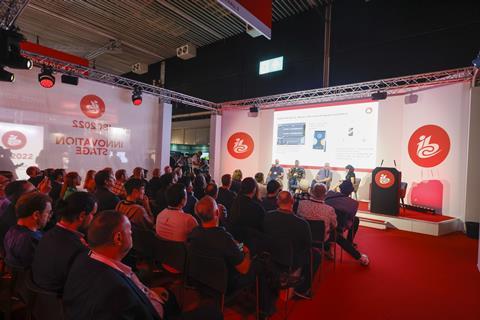
“Part two of how we judge success is met by the challenge from their original pitch,” Kulhan continues. “For example, how well did they address and explore the solutions, and where in the areas of innovation did they push the boundaries? And how well were these solutions approached and applied, taking into consideration new tools, techniques, collaboration? And where can those proof of concepts be applied toward, or bigger picture industries?”
Smith highlighted a recent real-world success that came out of the Accelerator related to 5G production using Private 5G networks. “We worked with the BBC, the University of Strathclyde, and many other Champions like Viacom, Warner Brothers Discovery, BT Sport, and others like TV2 in Denmark. We developed many of the architectures and workflows around it within the Accelerator programme during the pandemic when everybody was accelerating their strategies toward remote production.
The solution was deployed within days by QTV in Scotland when the Queen died in 2022 and they needed a wireless solution at Edinburgh airport because you can’t have cables on the runways. And from there, it went live to the world over the BBC live feeds.”
“The BBC took the next challenge to be the King’s coronation,” says Smith. “There were something like eight radios deployed on the Mall as part of a private 5G network. Live feeds went to more than 20 broadcasters all over the world from those wireless cameras. That was a solution that was trialled and piloted in the Accelerator programme and went on to a genuinely tangible real-world live production. To me it doesn’t get much better than that.”
Discover more about the projects in IBC’s Accelerator Media Innovation Programme and follow their progress on IBC365.






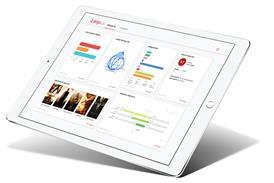




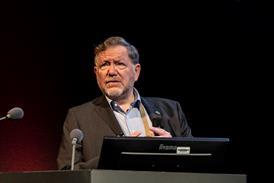


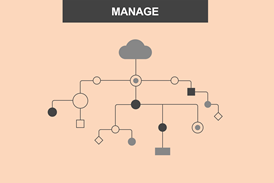






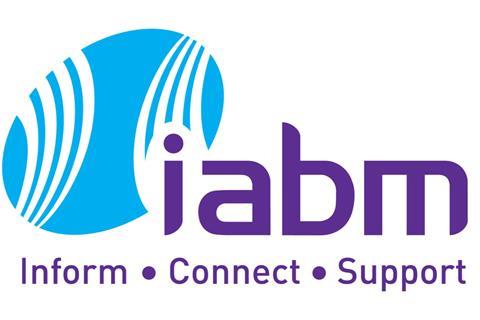





No comments yet